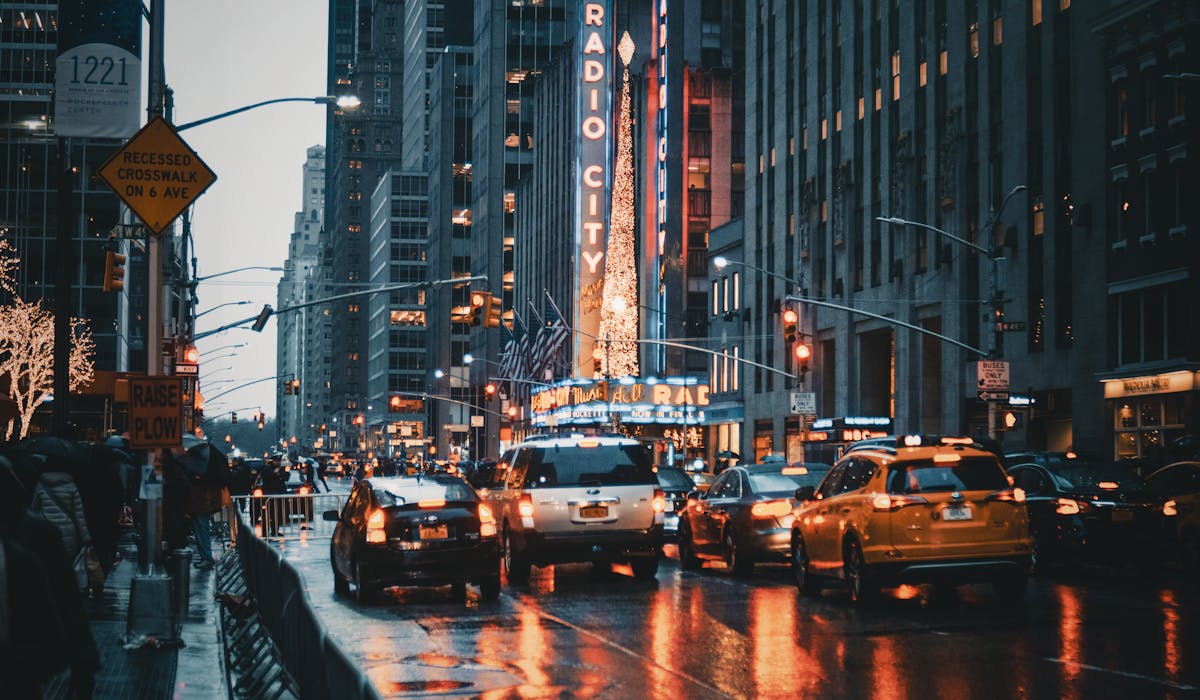Framing Streets Things To Know Before You Get This
The Best Strategy To Use For Framing Streets
Table of ContentsThe Best Guide To Framing StreetsFraming Streets Things To Know Before You BuySome Ideas on Framing Streets You Should KnowThe Best Guide To Framing StreetsLittle Known Facts About Framing Streets.The Main Principles Of Framing Streets
, usually with the objective of catching images at a crucial or touching moment by cautious framing and timing. https://www.provenexpert.com/framing-streets/.
Rumored Buzz on Framing Streets
Susan Sontag, 1977 Street digital photography can concentrate on individuals and their behavior in public. In this regard, the road photographer resembles social documentary digital photographers or photographers who also operate in public areas, yet with the purpose of capturing newsworthy events. Any of these digital photographers' photos might record individuals and building visible within or from public locations, which typically entails navigating moral concerns and regulations of personal privacy, protection, and property.
Representations of day-to-day public life develop a genre in almost every duration of world art, beginning in the pre-historic, Sumerian, Egyptian and very early Buddhist art durations. Art taking care of the life of the street, whether within views of cityscapes, or as the dominant theme, shows up in the West in the canon of the North Renaissance, Baroque, Rococo, of Romanticism, Realism, Impressionism and Post-Impressionism.
The Best Guide To Framing Streets
Louis Daguerre: "Boulevard du Holy place" (1838 or 1839) In 1838 or 1839 the initial photo of numbers in the street was tape-recorded by Louis-Jacques-Mand Daguerre in one of a pair of daguerreotype sights extracted from his studio window of the Blvd du Holy place in Paris. The second, made at the height of the day, reveals an uninhabited stretch of road, while the various other was taken at about 8:00 am, and as Beaumont Newhall records, "The Boulevard, so constantly filled up with a moving throng of pedestrians and carriages was completely singular, other than an individual who was having his boots cleaned.
As a result his boots and legs were well specified, however he is without body or head, because these remained in activity." Charles Ngre, waterseller Charles Ngre. https://www.dreamstime.com/davidturley33101_info was the very first professional photographer to acquire the technical refinement required to register individuals in activity on the street in Paris in 1851. Professional Photographer John Thomson, a Scotsman collaborating with reporter and social activist Adolphe Smith, released Street Life in London in twelve monthly installments starting in February 1877
Framing Streets Fundamentals Explained
Eugene Atget is related to as a progenitor, not since he was the very first of his kind, however as a result of the popularisation in the late 1920s of his record of Parisian streets by Berenice Abbott, who was inspired to carry out a similar documentation of New york city City. [] As the city developed, Atget helped to advertise Parisian streets as a worthwhile topic for photography.

Not known Facts About Framing Streets
Martin is the initial taped professional Recommended Reading photographer to do so in London with a masked cam. Mass-Observation was a social research study organisation founded in 1937 which aimed to videotape daily life in Britain and to videotape the responses of the 'man-in-the-street' to King Edward VIII's abdication in 1936 to wed separation Wallis Simpson, and the sequence of George VI. Between 1946 and 1957 Le Groupe des XV annually displayed job of this kind. Andre Kertesz. Circus, Budapest, 19 May 1920 Road photography created the significant content of 2 exhibits at the Gallery of Modern Art (Mo, MA) in New york city curated by Edward Steichen, Five French Professional Photographers: Brassai; Cartier-Bresson, Doisneau, Ronis, Izis in 1951 to 1952, and Post-war European Digital Photography in 1953, which exported the idea of road digital photography internationally.

What Does Framing Streets Do?
The recording maker was 'a covert video camera', a 35 mm Contax concealed beneath his coat, that was 'strapped to the upper body and linked to a long cord strung down the appropriate sleeve'. Nevertheless, his work had little modern effect as due to Evans' sensitivities concerning the creativity of his task and the personal privacy of his subjects, it was not published till 1966, in the publication Lots of Are Called, with an introduction written by James Agee in 1940.
Helen Levitt, after that a teacher of young kids, connected with Evans in 193839. She recorded the transitory chalk drawings - vivian maier that belonged to youngsters's street society in New York at the time, in addition to the youngsters who made them. In July 1939, Mo, MA's brand-new photography area consisted of Levitt's work in its inaugural exhibitRobert Frank's 1958 publication,, was significant; raw and typically indistinct, Frank's pictures questioned mainstream digital photography of the time, "challenged all the official policies put down by Henri Cartier-Bresson and Pedestrian Evans" and "flew in the face of the wholesome pictorialism and wholehearted photojournalism of American magazines like LIFE and Time".